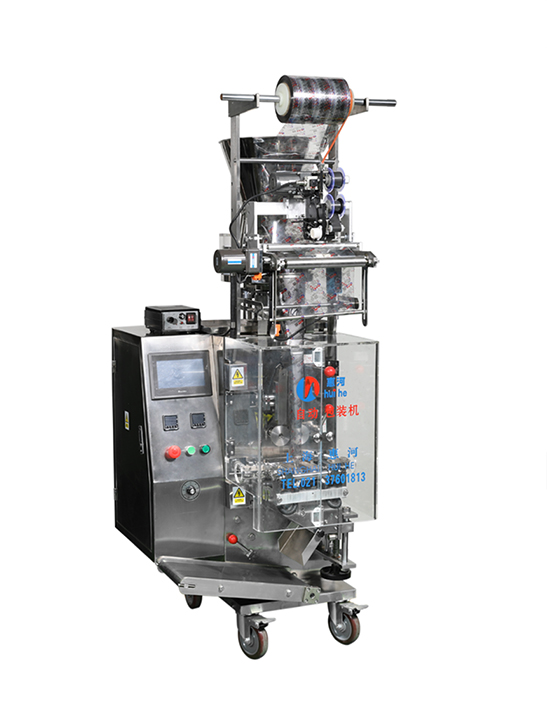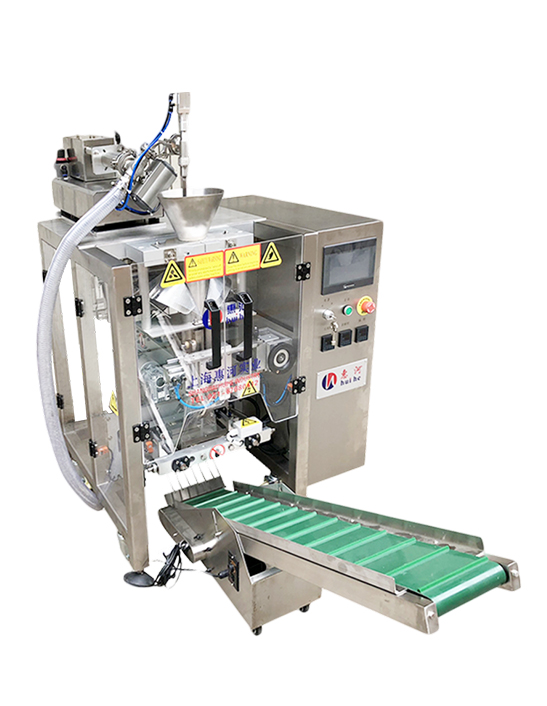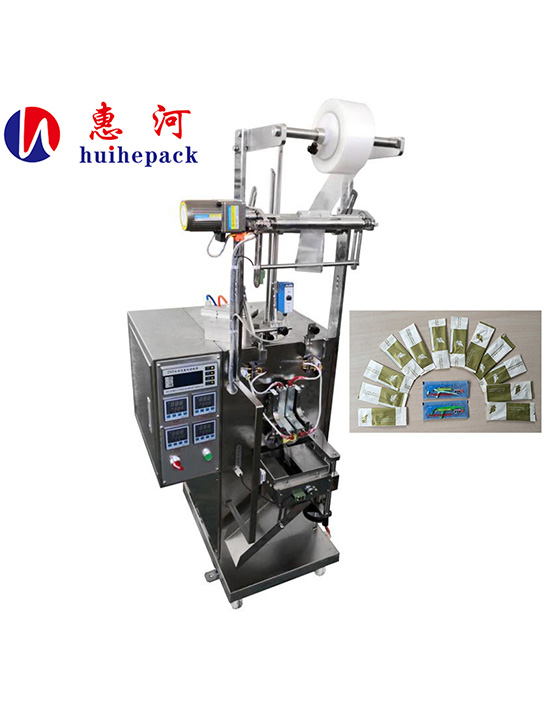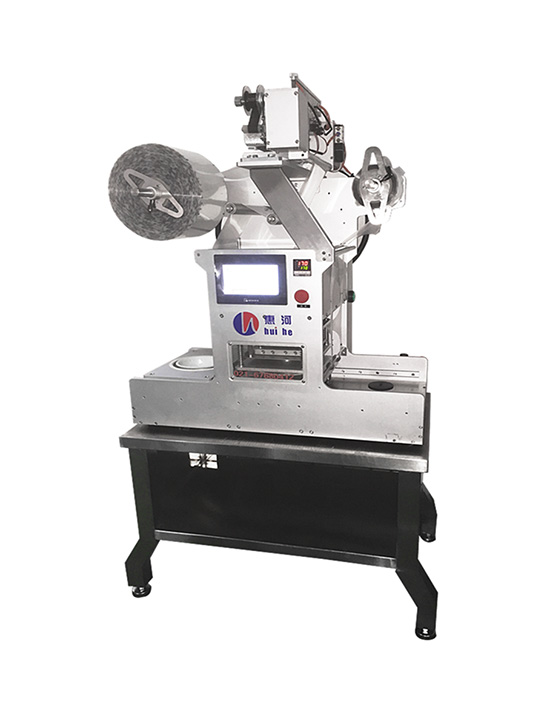Introduction to Toothpick Packing Machines
Toothpick packing machines are specialized equipment designed to automate the process of packaging toothpicks efficiently and accurately. These machines are widely used in industries ranging from food packaging to hospitality supplies, ensuring hygiene, consistency, and productivity. Choosing the right machine can significantly impact operational efficiency, product quality, and cost-effectiveness.
Machine Types and Packaging Styles
Toothpick packing machines come in various types and configurations depending on the packaging style and production volume. Understanding these types helps in selecting the most suitable machine for your business.
Horizontal vs. Vertical Packing Machines
Horizontal machines are ideal for packing toothpicks in boxes or sleeves where the toothpicks are laid flat. Vertical machines, on the other hand, are more suited for cylindrical containers or stick packs where toothpicks are stacked upright. The choice between these depends on the packaging format and space availability in your production line.
Semi-Automatic vs. Fully Automatic Machines
Semi-automatic machines require some human intervention, such as feeding the toothpicks or manually closing the packages, whereas fully automatic machines handle the entire process, from feeding and counting to sealing and labeling. Fully automatic machines are ideal for high-volume operations, while semi-automatic machines suit small to medium-scale businesses.
Key Features to Consider
When selecting a toothpick packing machine, several key features determine the efficiency, reliability, and long-term value of the equipment.
Speed and Production Capacity
The machine’s speed, usually measured in packs per minute, should match your production requirements. High-speed machines can pack thousands of toothpicks per hour, but higher speeds may also require more maintenance. Assess your current and future production needs to choose a machine that balances speed with durability.
Accuracy and Counting Mechanism
Accurate counting of toothpicks per pack is critical to maintaining consistency and avoiding waste. Machines may use mechanical counting wheels, optical sensors, or combination systems. Optical sensors tend to offer higher precision and can detect missing or misaligned toothpicks during packaging.
Material Compatibility
Toothpicks can be made of wood, bamboo, or plastic. Ensure the machine you select is compatible with your chosen material, as some machines may require specific feeding mechanisms or adjustable guides to handle different diameters and textures without breaking or jamming.
Packaging Flexibility
Look for machines that offer flexibility in packaging formats. Adjustable pack lengths, widths, and sealing types (heat seal, adhesive, or fold-over) allow you to produce different product lines without purchasing multiple machines.
Ease of Operation and Maintenance
User-friendly control panels, touchscreens, and automated error detection systems simplify machine operation. Machines that are easy to disassemble and clean reduce downtime and maintenance costs, especially in hygiene-sensitive industries like food packaging.
Durability and Build Quality
Machines made from high-quality stainless steel or aluminum components resist corrosion, reduce wear, and maintain precision over time. Investing in a robust machine minimizes repair costs and ensures consistent output even under continuous operation.
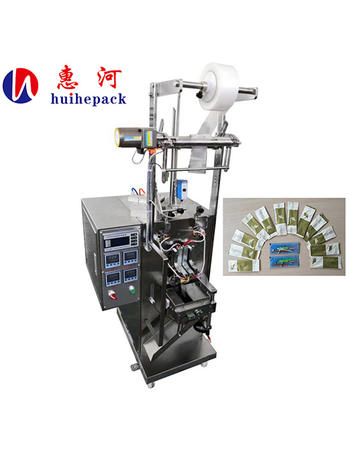
Automation Features and Smart Technology
Modern toothpick packing machines include smart features such as PLC controls, automatic fault detection, and integration with production line monitoring software. These features enhance efficiency, reduce human error, and provide valuable data for optimizing production processes.
Safety Considerations
Safety is crucial in machinery used in food packaging. Machines should have protective covers, emergency stop buttons, and sensors to prevent accidents. Compliance with international safety standards (CE, ISO, FDA) ensures operator safety and product hygiene.
Cost Factors and Return on Investment
When evaluating a toothpick packing machine, consider not only the initial purchase price but also the operating cost, maintenance expenses, and expected lifespan. High-quality machines may have a higher upfront cost but offer better ROI through increased speed, reduced waste, and lower downtime.
Practical Tips for Selection
Here are some actionable tips to guide your machine selection process:
- Assess your production volume and future growth to select the right capacity machine.
- Check the machine’s compatibility with different toothpick materials and packaging formats.
- Evaluate the ease of cleaning and maintenance to minimize downtime.
- Consider machines with advanced automation for error reduction and efficiency improvement.
- Ensure the supplier provides proper technical support, warranty, and spare parts availability.
Comparison of Popular Toothpick Packing Machines
The following table compares key specifications of common toothpick packing machines:
| Feature |
Semi-Automatic |
Fully Automatic |
High-Speed Automatic |
| Production Capacity (packs/min) |
50-100 |
150-300 |
300-600 |
| Material Compatibility |
Wood, Bamboo |
Wood, Bamboo, Plastic |
All types with adjustment |
| Automation Level |
Partial |
Full |
Full with Smart Control |
Conclusion
Selecting the right toothpick packing machine requires careful consideration of production needs, material compatibility, automation features, and long-term operational costs. By evaluating machine types, key features, safety measures, and ROI potential, businesses can make an informed decision that enhances productivity, ensures product quality, and optimizes cost efficiency. Investing in the right machine not only improves operational performance but also positions your business for scalable growth and market competitiveness.

 英语
英语 西班牙语
西班牙语 简体中文
简体中文

